The ship is a key link in supply chain and a technically complex assembly
The key importance for the shipowner is optimal navigation, in terms of safety and economy, that's why they are on the lookout for systems that allow integration into the infrastructure ship to collect data from the forecourts and external resources
Almost 85% of the goods produced in the world have been on the vessels, this is why the ship is a key element of global logistics. In 2019, according to UNCTAD, the world cargo fleet consisted of 95.4 thousand ships with a total deadweight of 1.97 billion tons. The largest number of them were bulk carriers (42.6%) and oil tankers (28.7%). The average age of the fleet was at 21. At the same time, 71% of bulk carriers, 56% of container ships and 54% of oil tankers were represented by vessels under 10 years of age.
In the process of operation, almost all ships receive changes, receive new equipment or undergo partial restructuring. The propulsion system is also undergoing changes. Today the ship is very complex both technically and electronically, it is a huge almost living mechanism with millions of parts, the safety of the crew of passengers and cargo, as well as fuel consumption and operating costs, depends on the correct operation of these parts.
About 20 years ago the mass digital era of shipping was started. It has started from NMEA, AIS, SVDR, ECDIS and some other basic technologies. But today, many shipowners not only monitor the ship through AIS services and receive NOON reports, but also try to remotely monitor the condition and performance of the vessel, prompt the crew to correct actions, weather changes and even track technical parameters. In some cases, vessel automation can reach the levels of aircraft, but so far the same level of control autonomy has not been achieved.
The entire ship is replete with various sensors that monitor draft, rpm, roll, list, fuel and cargo temperature, and keep track of various parameters. Some of these sensors are analog, and some are digital. Unfortunately, human attention is rather limited and does not allow you to track everything at once and quickly build dependencies, the ideal option would be an instantly responsive intelligence that prompts the shipowner and the captain how and where to navigate the ship, when to carry out technical work.
When integrating a ship into a digital environment, there are not a lot of problems with a digital signal (usually NMEA 0183), most problems come along with analog sensors, temperature, flowmeters, rpm, tank levels. While creating a "Digital Ship" we need to very accurately separate the signals of internal and external consumption, and understand which sensors can be wrong.
The main information for controlling the ship is displayed on the bridge, but this applies to digital signals. Often, data from sensors of shaft revolution, engine operation, fuel residues and others are displayed and recorded in the engine room of the ship. In order to receive information in real time on the bridge, you need to digitize the signal and get rid of interference in data transmission, you have to pull a cable from each sensor to the bridge. Length of cables on a ship can easily reach 200 km.
Thus, by concentrating the data from the sensors in one place with the possibility of regular transmission to the shore, the shipowner gets the possibility of remote monitoring. Shipowners today are less willing to be exposed to waves and wind and have more control and information for making cost-efficiency decisions.
In the process of operation, almost all ships receive changes, receive new equipment or undergo partial restructuring. The propulsion system is also undergoing changes. Today the ship is very complex both technically and electronically, it is a huge almost living mechanism with millions of parts, the safety of the crew of passengers and cargo, as well as fuel consumption and operating costs, depends on the correct operation of these parts.
About 20 years ago the mass digital era of shipping was started. It has started from NMEA, AIS, SVDR, ECDIS and some other basic technologies. But today, many shipowners not only monitor the ship through AIS services and receive NOON reports, but also try to remotely monitor the condition and performance of the vessel, prompt the crew to correct actions, weather changes and even track technical parameters. In some cases, vessel automation can reach the levels of aircraft, but so far the same level of control autonomy has not been achieved.
The entire ship is replete with various sensors that monitor draft, rpm, roll, list, fuel and cargo temperature, and keep track of various parameters. Some of these sensors are analog, and some are digital. Unfortunately, human attention is rather limited and does not allow you to track everything at once and quickly build dependencies, the ideal option would be an instantly responsive intelligence that prompts the shipowner and the captain how and where to navigate the ship, when to carry out technical work.
When integrating a ship into a digital environment, there are not a lot of problems with a digital signal (usually NMEA 0183), most problems come along with analog sensors, temperature, flowmeters, rpm, tank levels. While creating a "Digital Ship" we need to very accurately separate the signals of internal and external consumption, and understand which sensors can be wrong.
The main information for controlling the ship is displayed on the bridge, but this applies to digital signals. Often, data from sensors of shaft revolution, engine operation, fuel residues and others are displayed and recorded in the engine room of the ship. In order to receive information in real time on the bridge, you need to digitize the signal and get rid of interference in data transmission, you have to pull a cable from each sensor to the bridge. Length of cables on a ship can easily reach 200 km.
Thus, by concentrating the data from the sensors in one place with the possibility of regular transmission to the shore, the shipowner gets the possibility of remote monitoring. Shipowners today are less willing to be exposed to waves and wind and have more control and information for making cost-efficiency decisions.
The key importance for the shipowner is optimal navigation, in terms of safety and economy, so increasingly they are on the lookout for systems that allow integration into the infrastructure ship, namely to collect data from the forecourts and external resources (weather stations, satellites, etc.) to build the optimal route from the point of view of economic efficiency. When looking for a such system that would meet these requirements, the shipowner is forced to choose between limited functionality and access to certain sensors. The problem is that the captain needs 10 new interfaces to focus on certain problems and on the bridge, which must be monitored and information from which must be brought together to make decisions on the spot and control the situation as a whole.
Now we create one system that monitors vessel performance and optimises fuel consumption - Marine Digital FOS (Fuel Optimization System): it collects data, uses Machine Learning (ML) algorithms, and determines the optimal parameters of the route and movement. Marine Digital FOS analyzes different internal and external factors and shows the problems of the propulsion system. We are able to teach a set of algorithms for optimal ship control and suggest the optimal course, draft, trim, when to clean the hull or repair the propeller, whether it is optimal a program for controlling the engine and fuel equipment was tuned. One of the interesting requests that we received was to analyze and the optimal operating time of the equipment for heating the cargo. Also, within the framework of contracts and assessing the cost of a voyage, often it is important for shipowners to predict the fuel consumption for movement and heating the cargo.
Now we create one system that monitors vessel performance and optimises fuel consumption - Marine Digital FOS (Fuel Optimization System): it collects data, uses Machine Learning (ML) algorithms, and determines the optimal parameters of the route and movement. Marine Digital FOS analyzes different internal and external factors and shows the problems of the propulsion system. We are able to teach a set of algorithms for optimal ship control and suggest the optimal course, draft, trim, when to clean the hull or repair the propeller, whether it is optimal a program for controlling the engine and fuel equipment was tuned. One of the interesting requests that we received was to analyze and the optimal operating time of the equipment for heating the cargo. Also, within the framework of contracts and assessing the cost of a voyage, often it is important for shipowners to predict the fuel consumption for movement and heating the cargo.
For what types of ships is Marine Digital Vessel Performance and Fuel Optimization applicable?
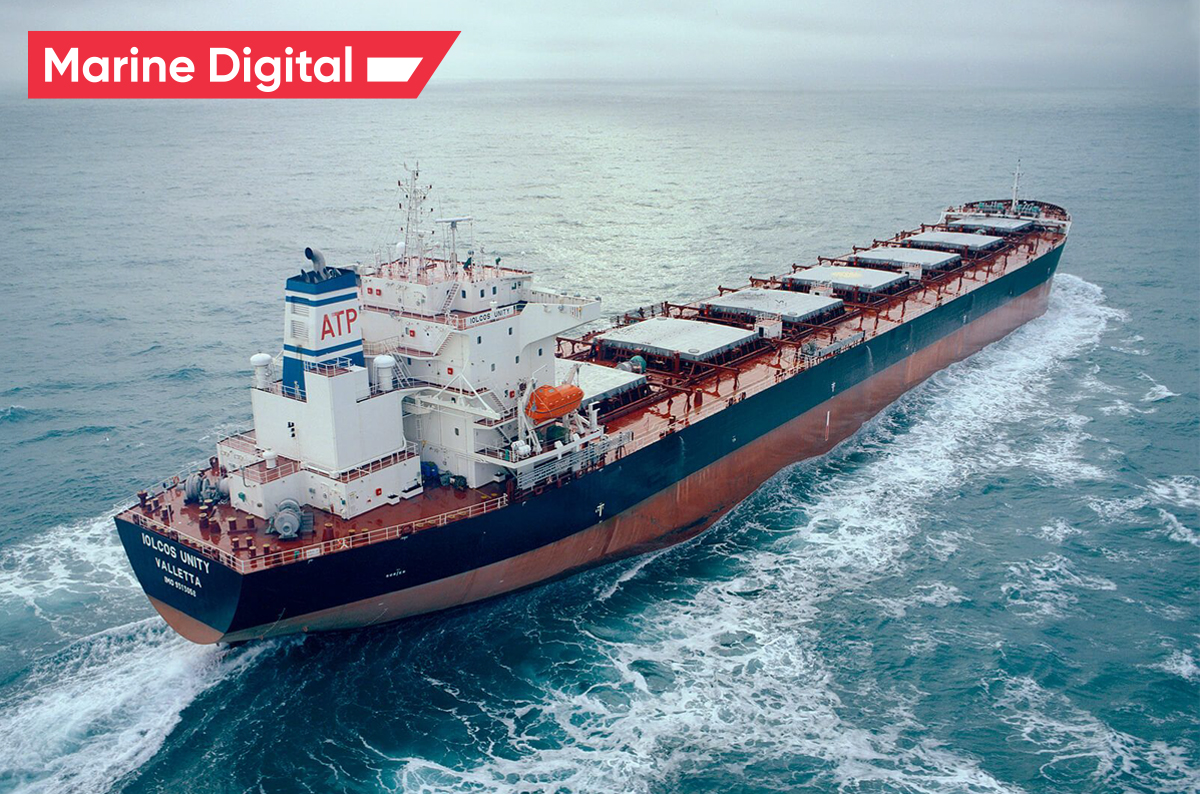
Bulk carriers
A vessel of this type carries cargo such as coal, iron ore, grain, etc. that is loaded in bilk not in containers.
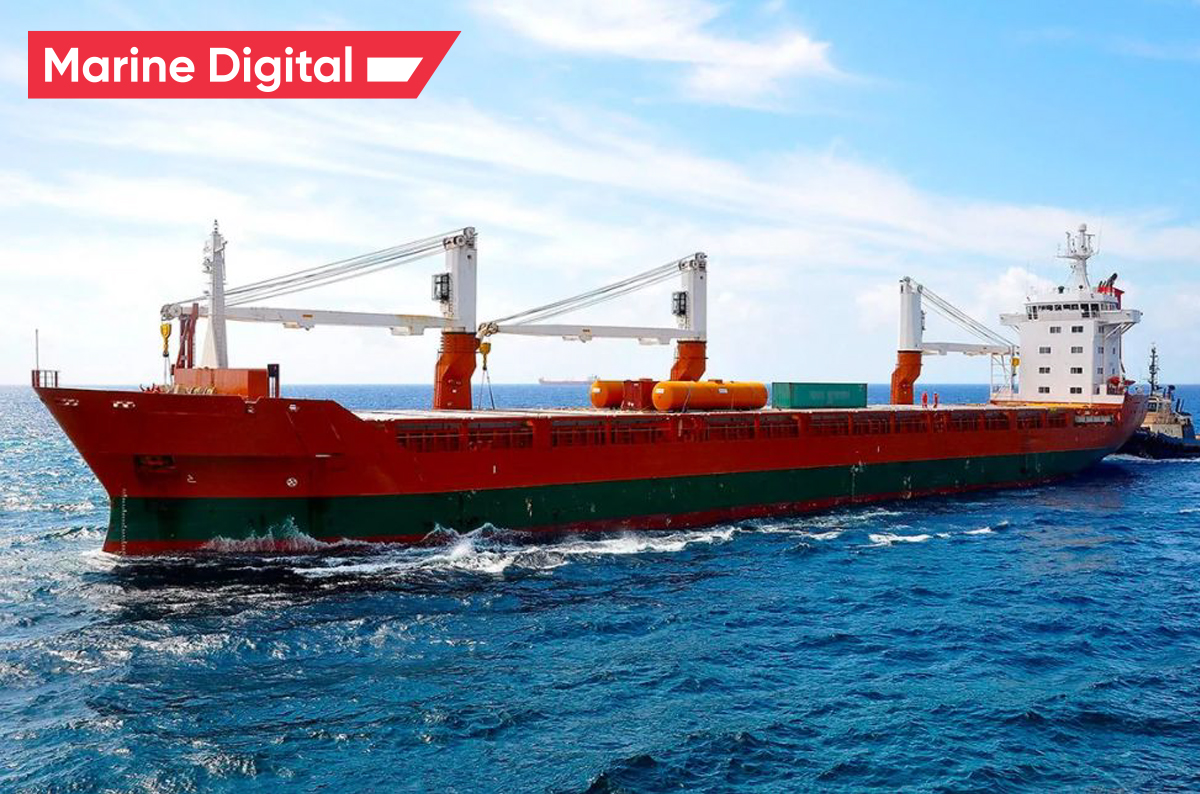
General cargo ships
This type of vessels carries different packed cargoes, like foods, machinery, garments, etc.
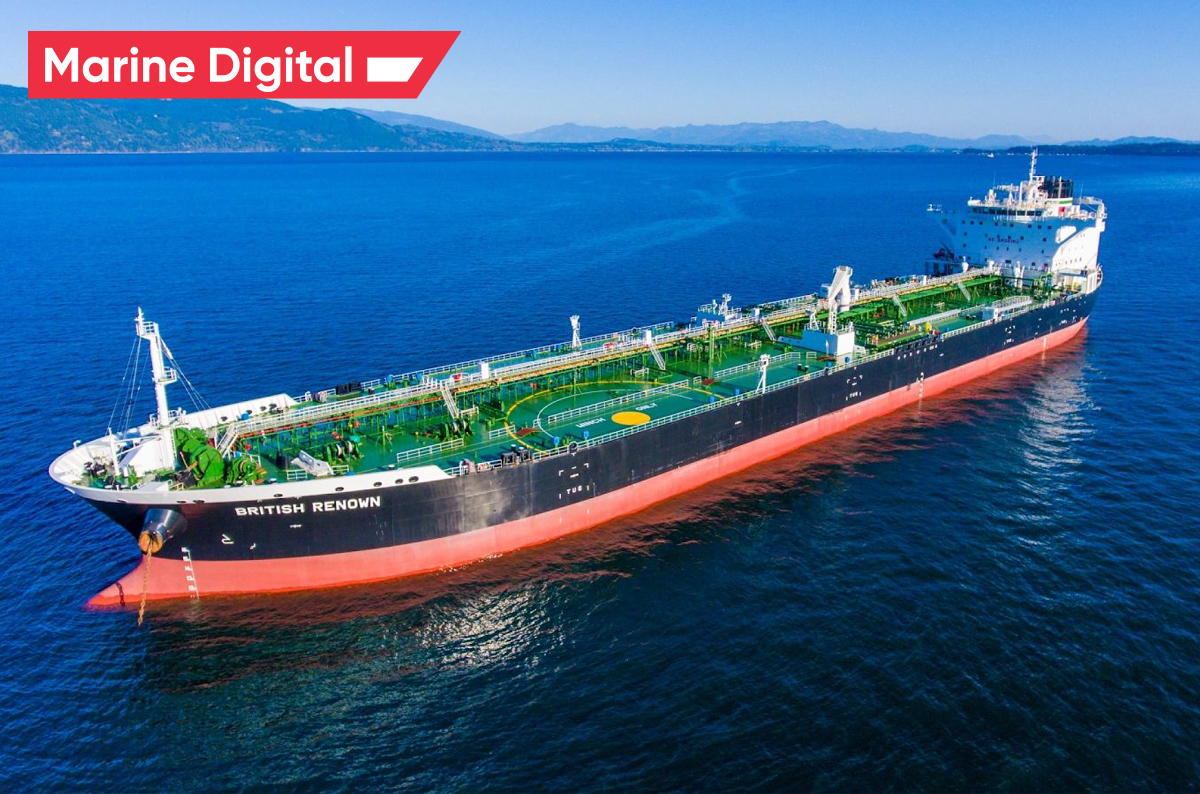
Tankers
This type of vessels is designed to transport liquids or gases in bulk. Major types of tankship include the oil tanker, the chemical tanker, and gas carrier. This type of tanker used also to refuel other ships is called an oiler.
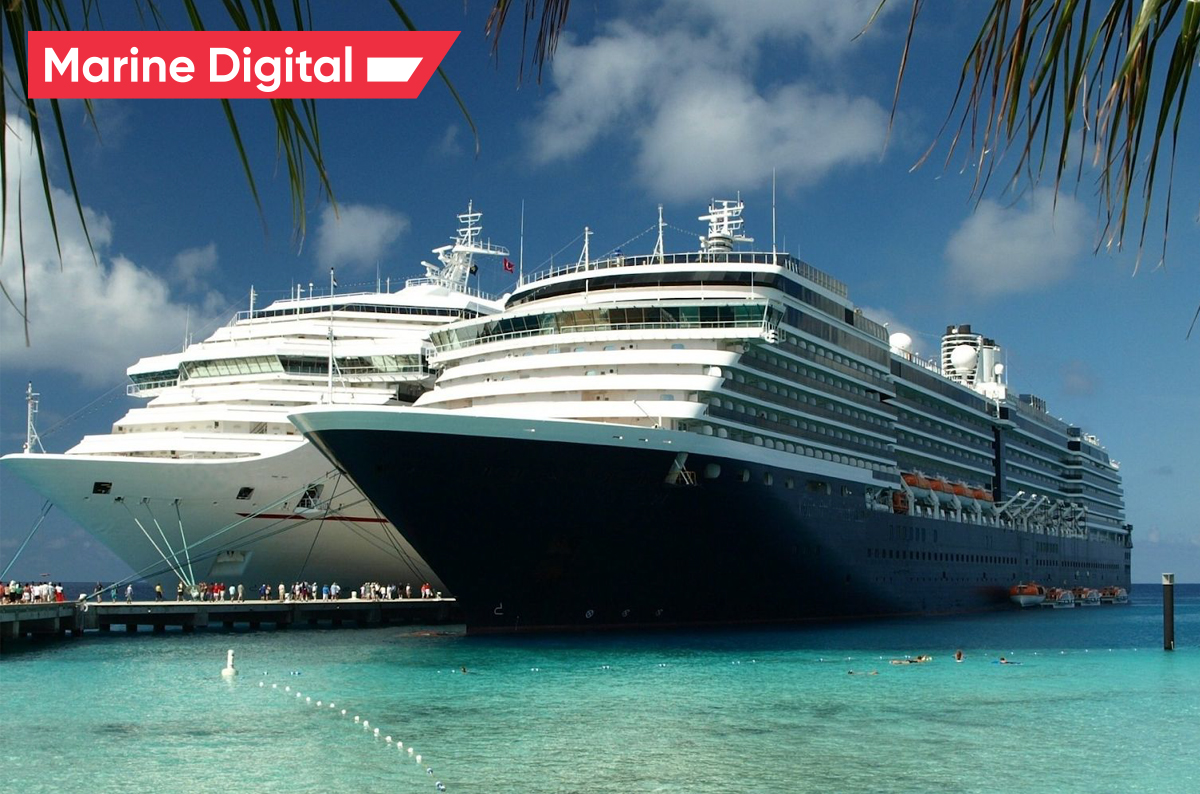
Cruise ships
The main function of such ships is to transport passengers by sea for tourist or other purposes.
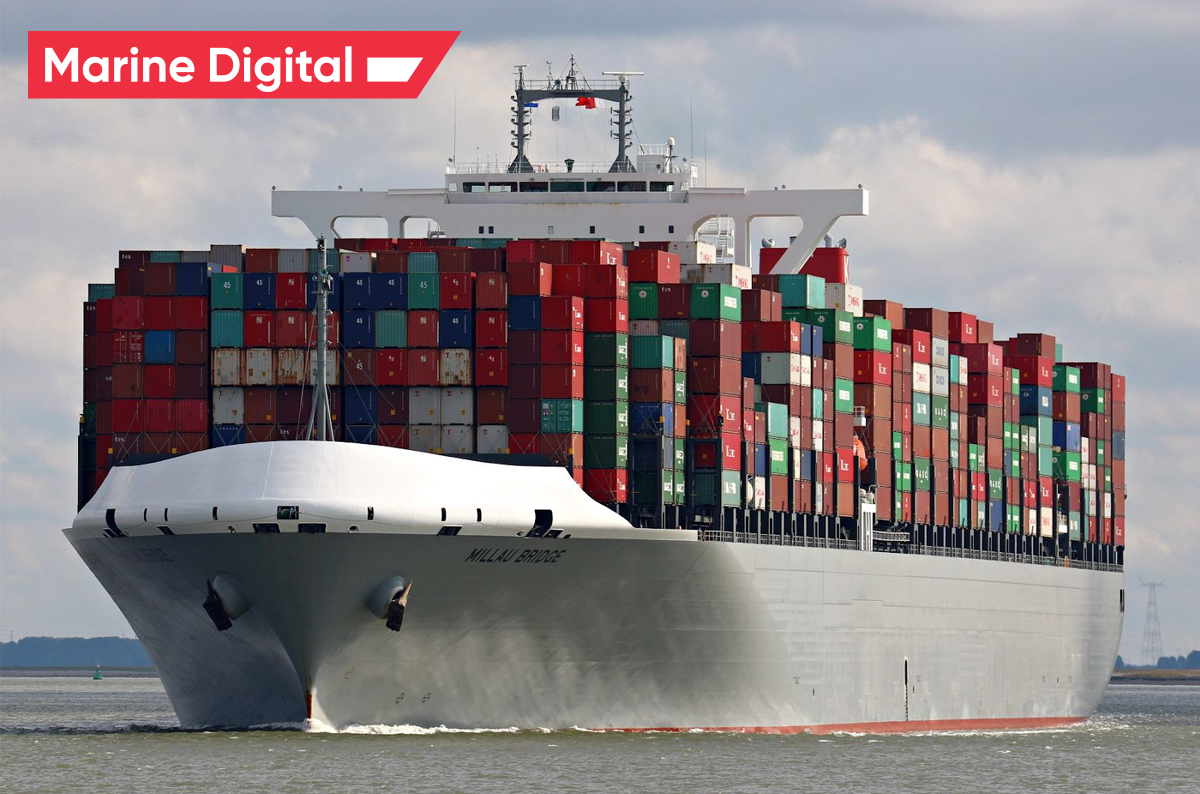
Container ships
This type of ship is designed to carry standard-sized containers in cargo holds and as deck cargo.

TOP 5 factors contributing to lower fuel costs for Shipping companies
Get a presentation with a full description of the features and free pilot project with trial of Marine Digital FOS for 2 months
"Clicking the button, you consent to the processing of personal data and agree to the privacy policy"

Get an overview "The Pathway to Zero Carbon Shipping:
IMO Compliance and CII Optimization through SEEMP" on email and download it for FREE! Leave your email now!
"Clicking the button, you consent to the processing of personal data and agree to the privacy policy, as well as consent to subscribe to the newsletter. "
Аdvantage of Fuel Optimization System from Marine Digital:

Marine Digital FOS can be integrated with other system and third-party's solutions through the API. To implement vessel performance monitoring for any vessel, we are using mathematical algorithms, machine learning and the same equipment as in FOS. The more data we collect from vessels, the more precise reports and recommendations our system will perform according to your individual requirements in fleet management.
If you have any questions about the solutions and the Marine Digital System platform, write to us, we will be happy to answer
If you have any questions about the solutions and the Marine Digital System platform, write to us, we will be happy to answer
Increased business process speed
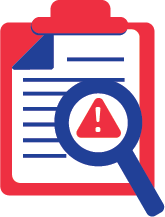
Reducing to zero the number of errors

Best offer to the clients
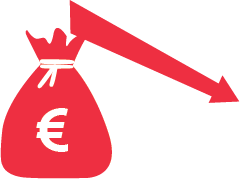
Reduction in operating expenses
Have a questions?





